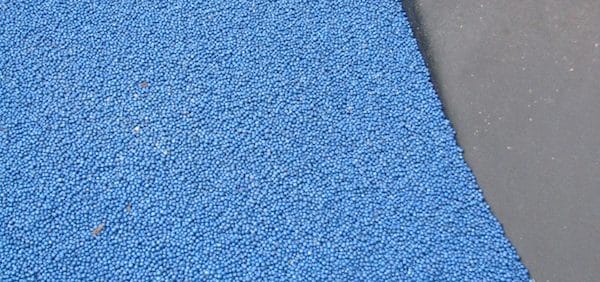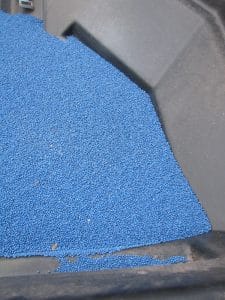We had a reader ask this week about seed quality standards for germination. The Canada Seeds Act requires all certified seed meet minimum standards for germination on the day it’s sold. Whether seed is grown this year, last year or the year before that, certified No.1 canola must have 90% germination or better at the time of sale. Certified No.2 must have 80-89% germination. The seller is responsible to make sure seed complies with the grade on the tag. Growers can ask for the latest seed analysis when they pick up their seed.
Blending: Canada Seeds Act standards also apply to blending, which can be an important tool in balancing seed size and performance from bag to bag. Seed companies can blend different lots of the same variety, and this will show up as “Blend” on the seed tag. Blends must meet the minimum standards for the stated grade.
For more on this, see the article “Carryover seed keeps in shape,” on page 18 of the November 2010 issue of Canola Digest.
Growers are advised to keep a sample of all seed lots. Put a minimum 500 ml (2 cups) from each seed lot into a seed lab bag. Record seeding date and rate, keep the blue seed tag, and store samples in a cool, dry place in a rodent proof container.
Seed survival depends on a lot of factors, including seeding depth, seeding speed, soil temperate and fertilizer placed with the seed. Plant stand counts in the spring can be a good way to figure out seed survival rates.


